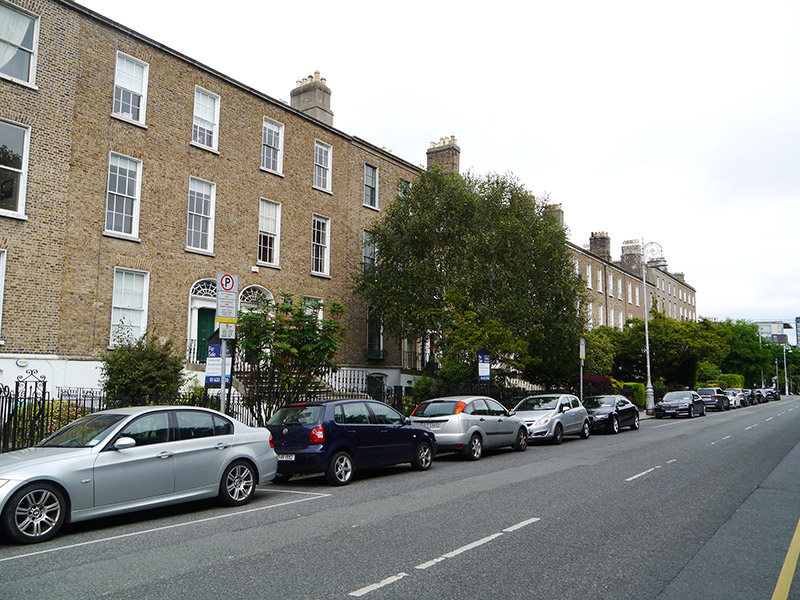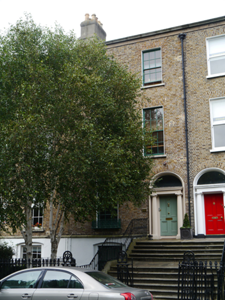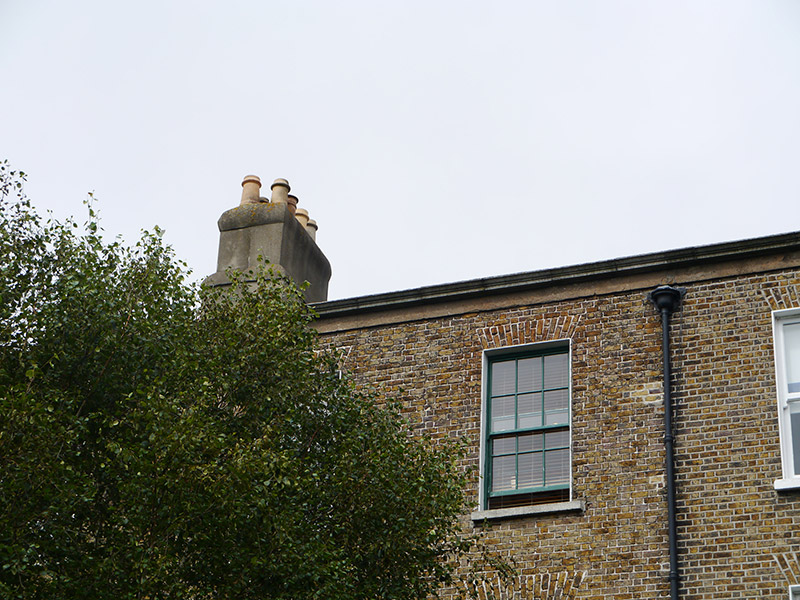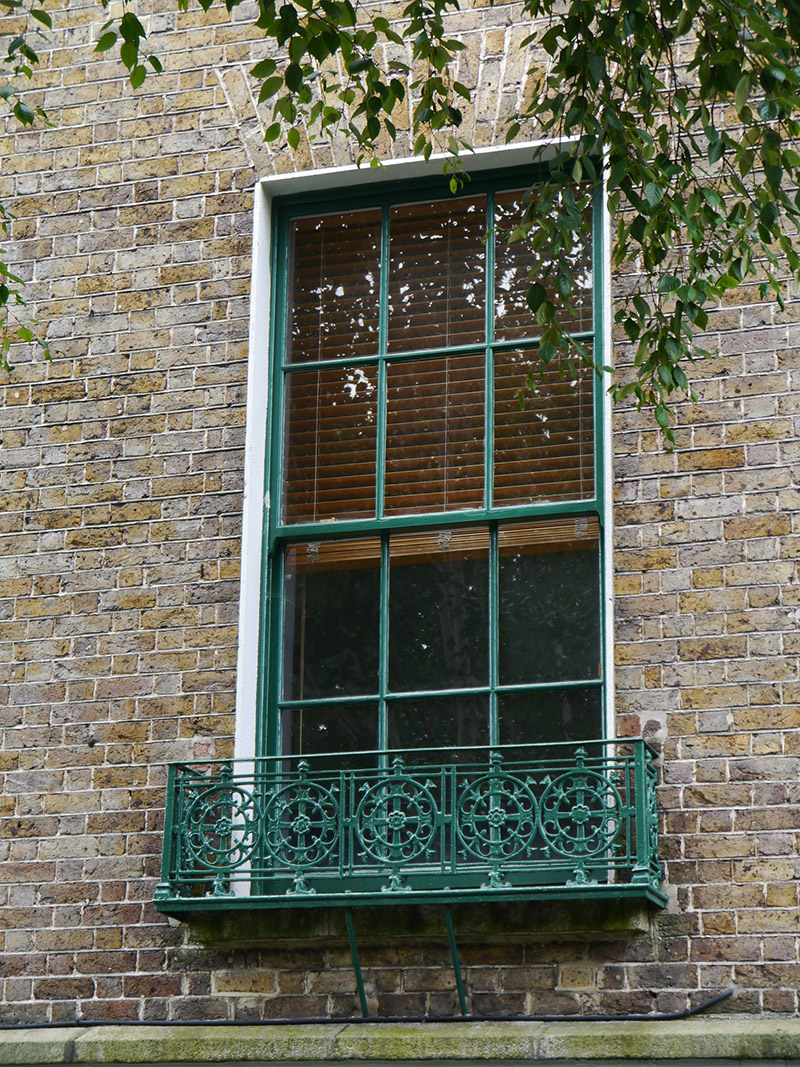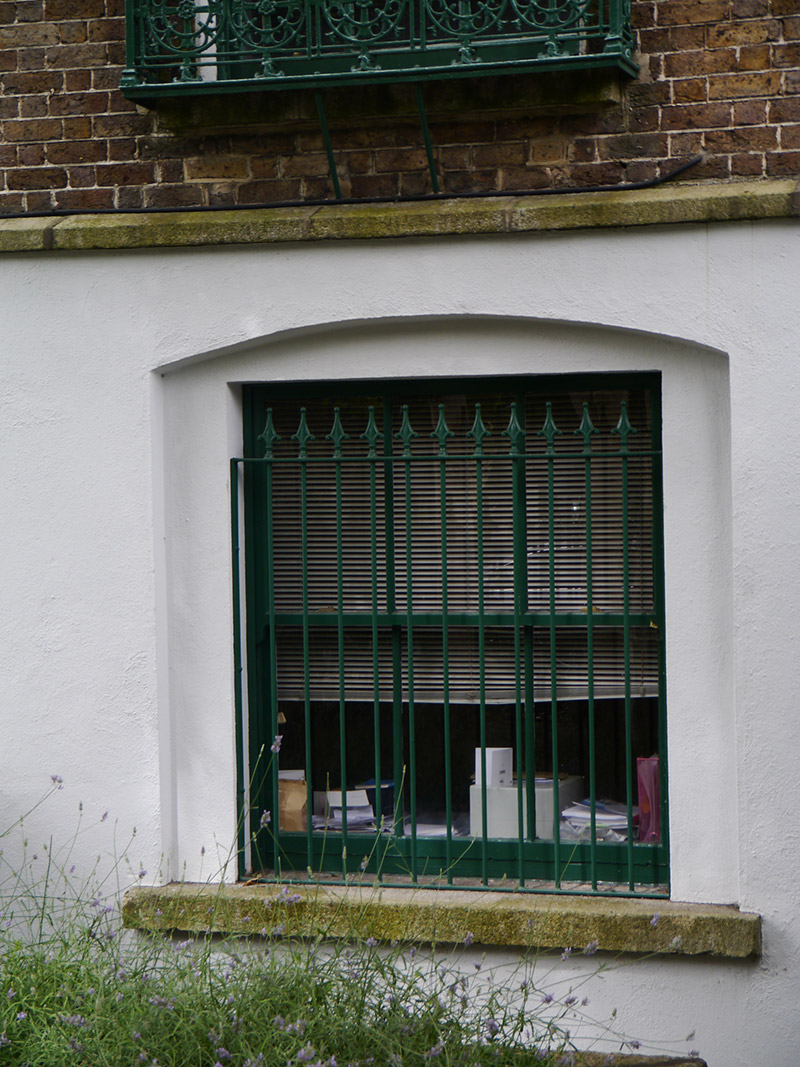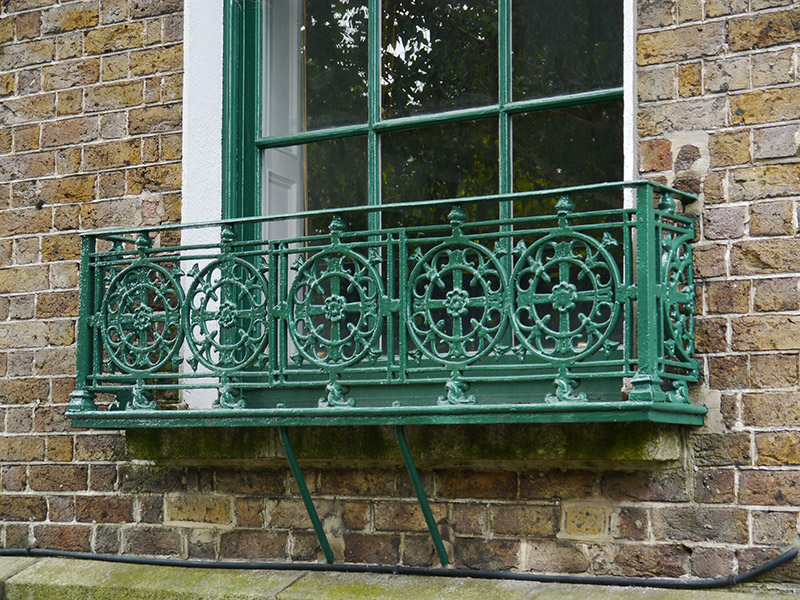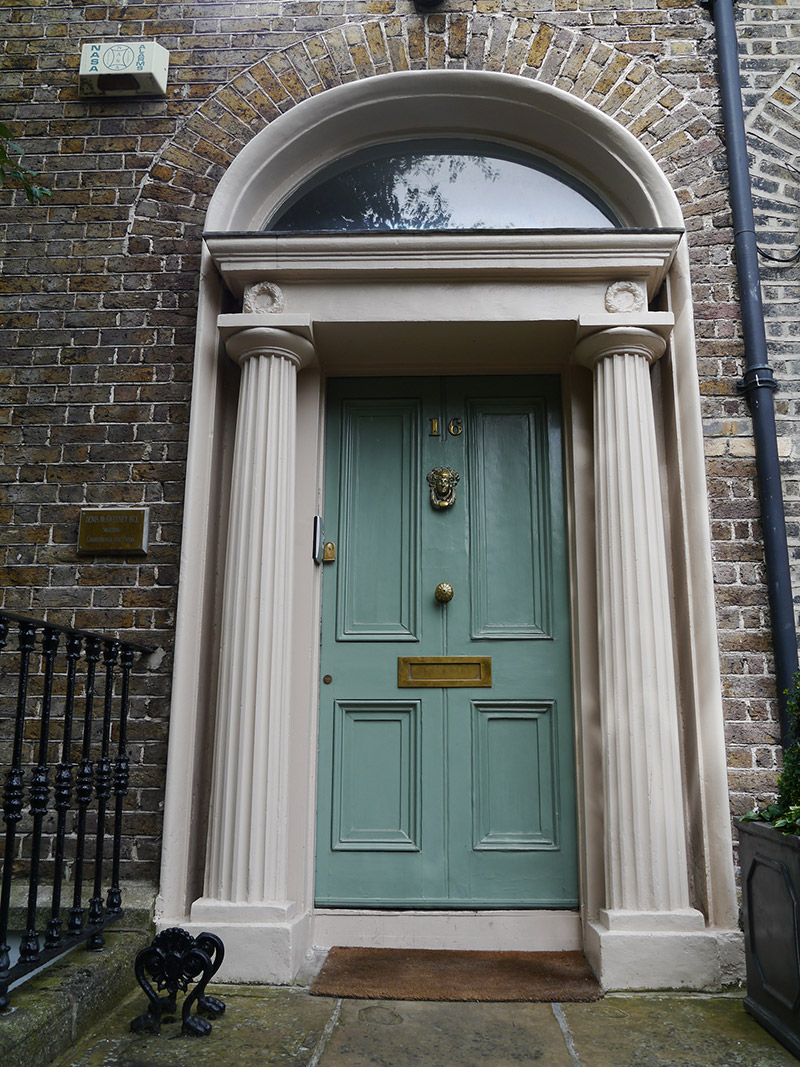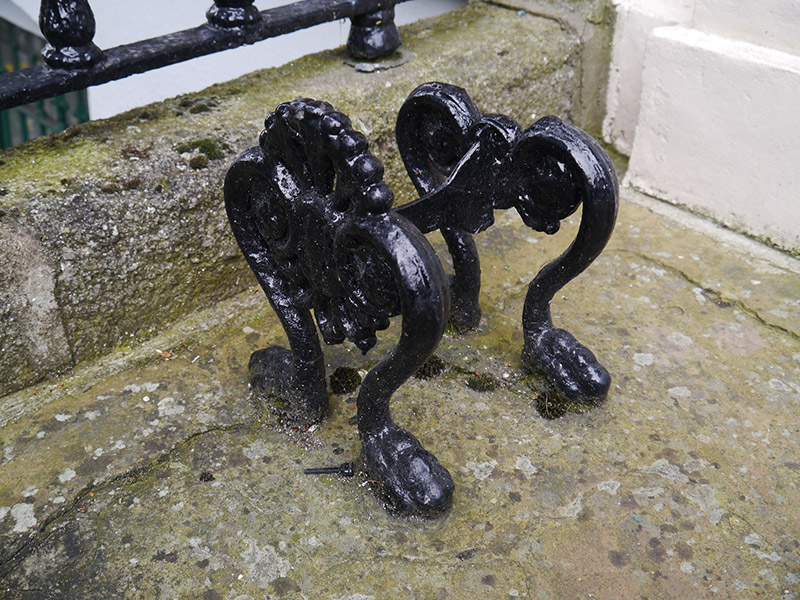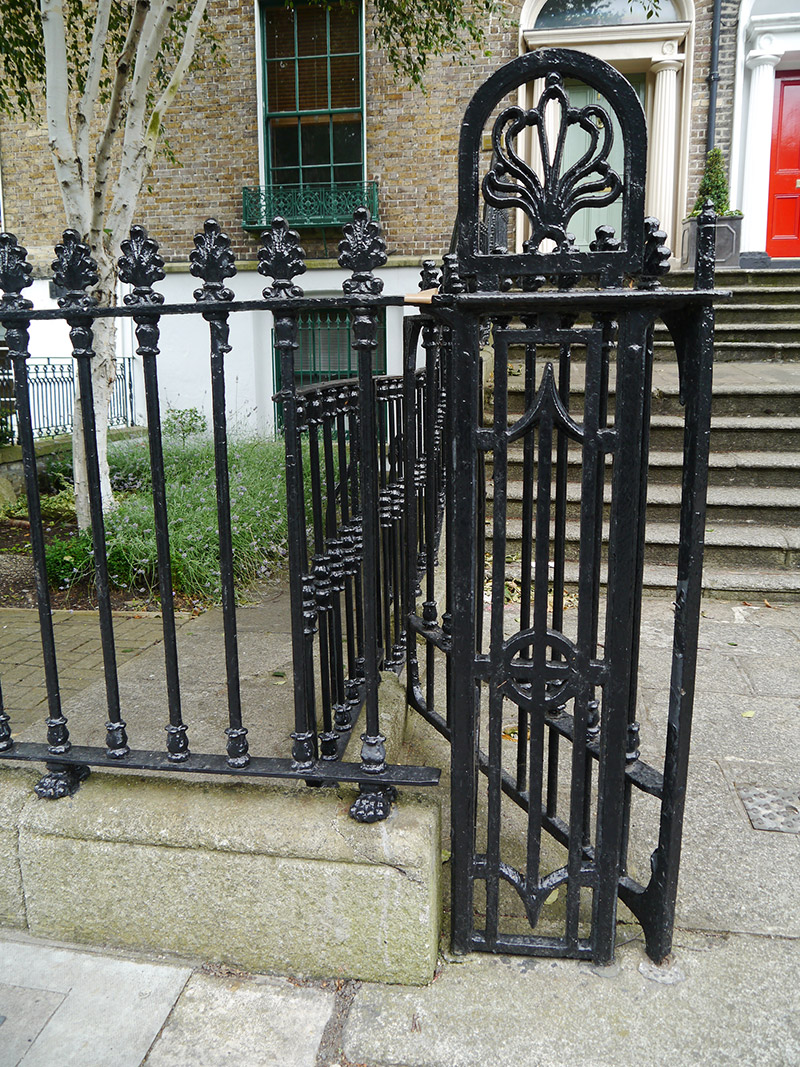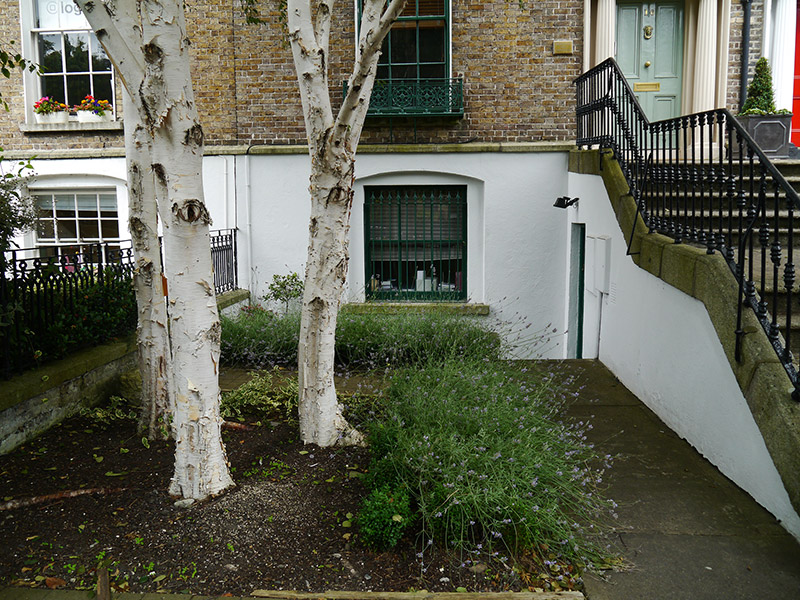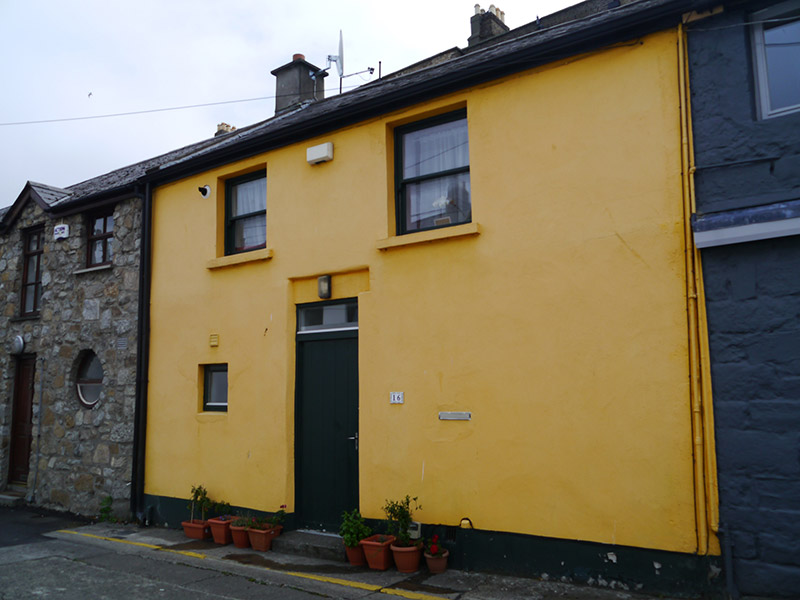Survey Data
Reg No
50100677
Rating
Regional
Categories of Special Interest
Architectural, Artistic
Original Use
House
In Use As
Office
Date
1795 - 1835
Coordinates
317031, 233134
Date Recorded
02/08/2016
Date Updated
--/--/--
Description
Attached two-bay three-storey former house over raised basement, built c. 1815 as one of terrace of seven (Nos. 16-22) within longer row of similar houses, and having shared three-storey return to north end of rear with slightly lower addition. Attic windows to higher east elevation of rear part. Now in office use. M-profile pitched slate roof, hipped to north end of front span, having brick parapet with moulded granite coping, parapet gutters and rendered platband. Shouldered rendered chimneystacks to south party wall with clay pots. Shared cast-iron rainwater goods to north. Flemish bond buff brick walling on granite plinth course over rendered basement walling. Square-headed window openings with patent reveals and granite sills; painted rendered surround to basement opening to front, set in segmental-headed recess. Timber sliding sash windows with simple horns, three-over-three pane to basement and six-over-six pane above. Decorative cast-iron balconette to ground floor, and decorative cast-iron grille to basement. Apparently timber sash windows to rear, three-over-three pane to top floor, three-over-six pane to second floor, with round-headed window to north bay. Round-headed doorway with painted moulded surround and stone doorcase comprising pro-style fluted Doric columns, entablature with laurel wreaths to frieze, plain fanlight and bolection-moulded four-panel timber door with beaded muntin and brass furniture. Shared sandstone-paved entrance platform with decorative cast-iron boot-scrape and two stages of five and six bull-nosed steps, flanked by decorative cast-iron railings on moulded granite plinth. Granite-paved walkway from street. Decorative cast-iron openwork round-headed piers to pedestrian gate. Street frontage bounded by decorative cast-iron railings with foliate motifs on moulded granite plinth. Plain square-headed doorway beneath entrance platform. Yard to rear of plot, with modernized two-storey mews building to lane.
Appraisal
No. 16 Herbert Place forms part of a cohesive late Georgian terrace of twenty-five houses (Nos. 4-24), set back from the Grand Canal above exposed basements. The historic form and architectural character of the terrace are largely well retained, with notable Greek Revival doorcases, decorative fanlights and good ironwork setting features. Forming part of a unified group lining the west bank of the Grand Canal, this terrace enhances this historic streetscape and contributes to the wider Georgian core of south Dublin. The survival of the original mews building to the rear, albeit modified, enhances the property. Originally built as a southward continuation of Warrington Place, the street was renamed following the accession of Sidney Herbert to his father's estates in 1827.
